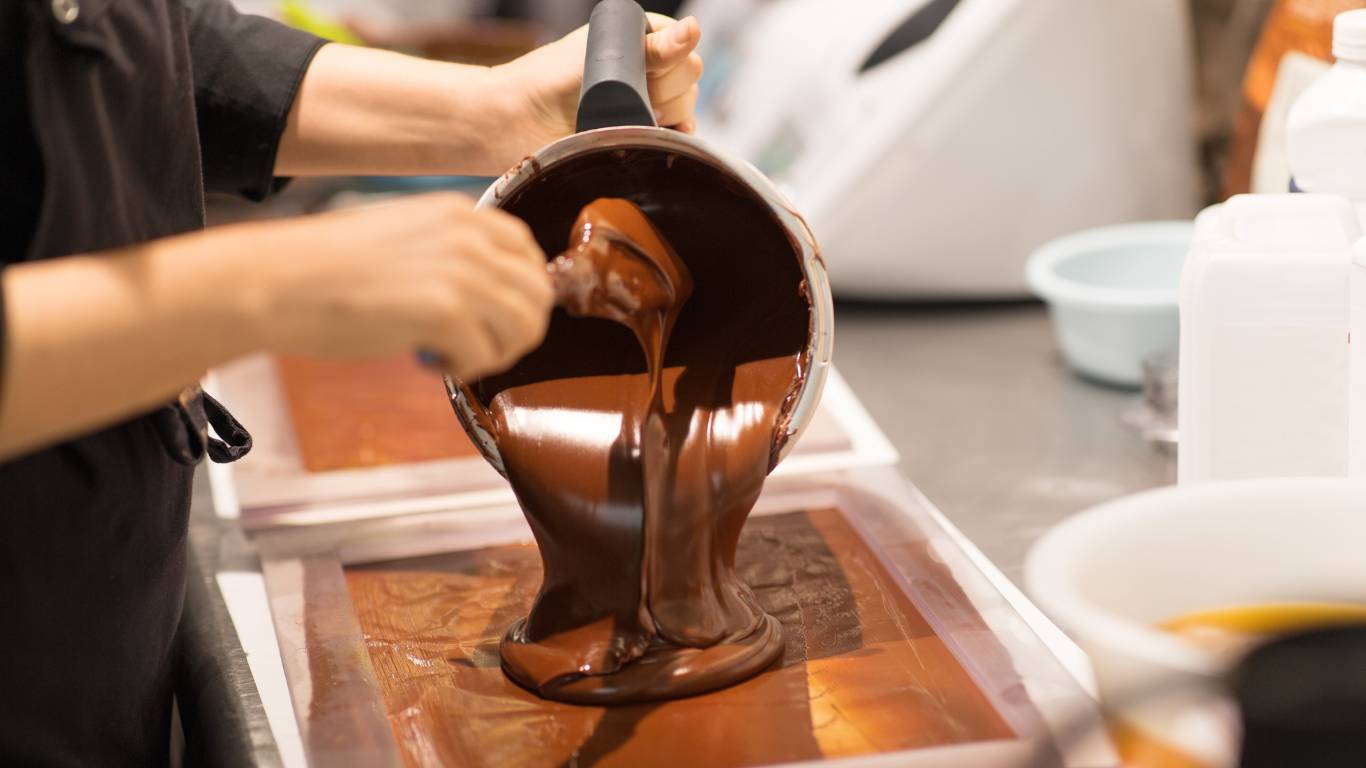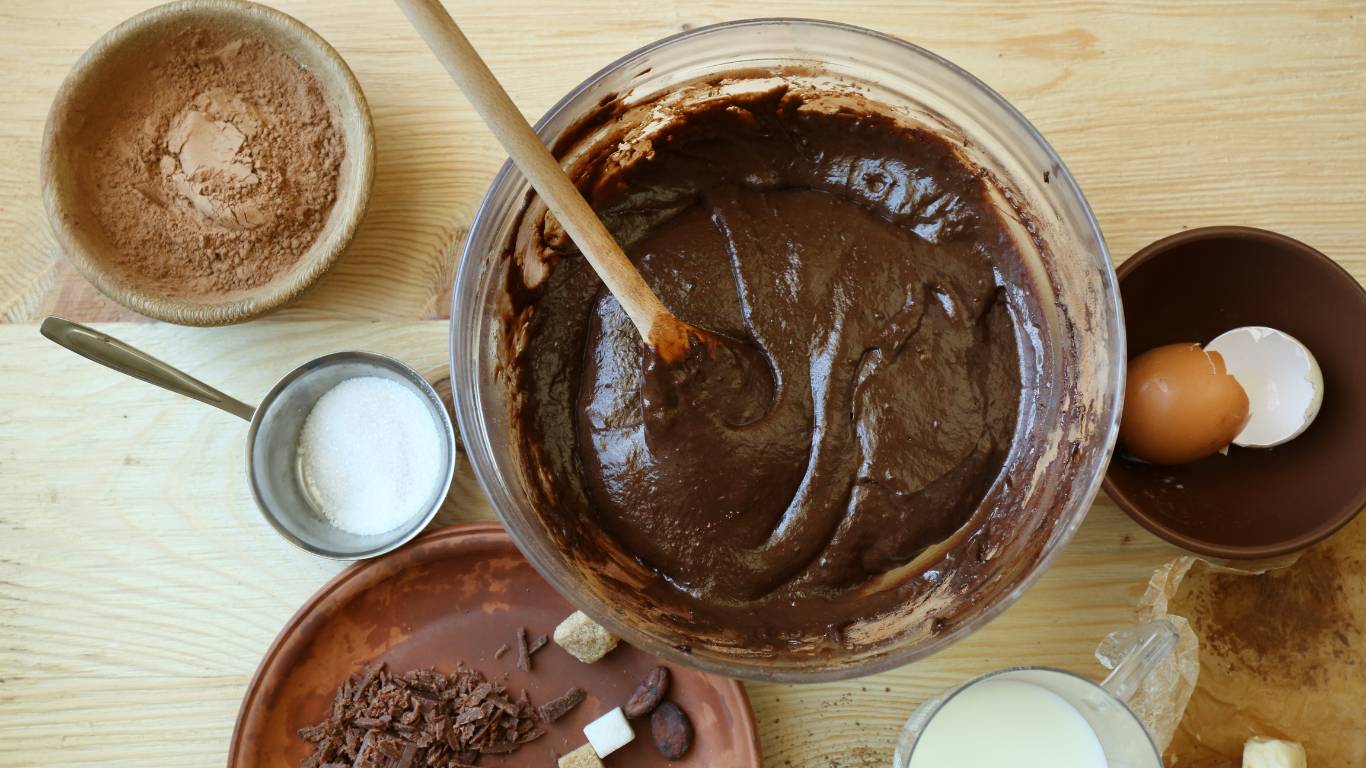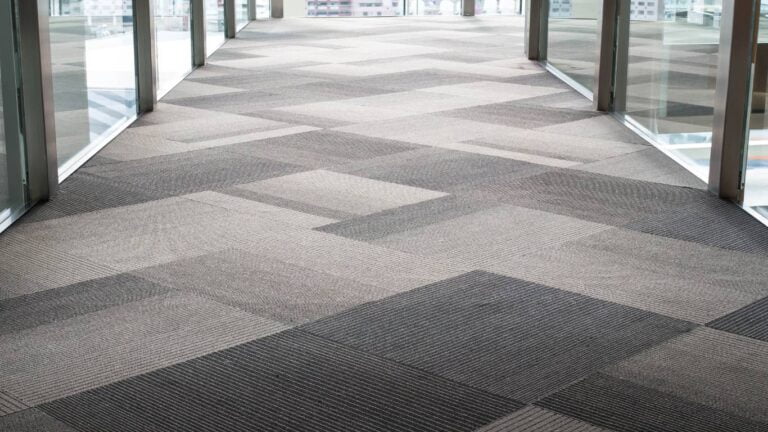Learning How to remove chocolate stain in couches and carpet is a valuable skill for anyone who enjoys the occasional indulgence of this sweet treat in the comfort of their living room. Whether it’s a drop from a chocolate bar or a smear from a child’s fingers, these stains can be a nuisance. However, with the right approach and some household supplies, you can tackle these stubborn spots effectively. This guide will walk you through the various methods and steps for removing chocolate from different types of fabrics, ensuring your furnishings and floors remain pristine.

Introduction to Chocolate Stain Removal
Chocolate, with its delightful taste, can unfortunately leave behind stains that are quite tough to get out. This is largely because the high oil content and the dark pigmentation of chocolate can cling stubbornly to various surfaces. When you know what makes up chocolate stains—a complex mix of tannins, proteins, and oil—you’re better equipped to tackle them, since each component needs specific attention during the cleaning process.
Types of Chocolate Stains
Chocolate stains can vary a lot depending on how old they are and the temperature at which they were made. Fresh, warm chocolate stains are easier to handle, as they haven’t had time to set into the fibres of the fabric. These can often be treated effectively with cold water and a simple blotting technique.
Older or set-in chocolate stains might need a more thorough approach. This includes pre-soaking in specialised solutions to break down the oily residue and pigmentation.
The Cleaning Process for Removing the Chocolate
Before you start the stain removal process, it’s important to take some pre-assessment steps to ensure the best possible outcome. For washable fabrics, it’s wise to gently scrape off any excess chocolate with a butter knife or spoon. Be careful not to rub the stain and push it deeper into the material.
Then, rinsing the back of the stained area with cold water helps to push the stain out of the fabric, reducing its impact. Applying a heavy-duty liquid detergent directly to the stain and letting it sit for a few minutes can start the breakdown of oils and proteins. For fabrics that can be soaked, a 15-minute cold water bath with periodic gentle rubbing can further loosen the stain.
After these initial steps, if an oily mark remains, a targeted stain remover gel or spray can be used before a normal wash. For those unfortunate incidents involving upholstery or carpets, it’s crucial to check the care tag for the appropriate cleaning method. This is especially important for materials labelled with ‘W’ and ‘SW’.
In cases where the stain is extensive, a carpet and upholstery cleaning machine might be the best tool. Regardless of the method, it’s important to rinse the area with clean water after treatment to remove any cleaning product residue. You can get a professional stain removal quote here.
When you’re dealing with delicate fabrics such as satin, silk, chenille, wool, or cashmere, professional dry cleaning is often the safest bet to avoid damage. This is particularly true for white or light-coloured couches and carpets, where the risk of the stain setting or the fabric being discoloured is higher. For these types of materials it’s best to contact us here.
Getting Chocolate out of Carpets
For carpets, promptly remove any solid debris and vacuum the residual particles. Use a solution made from dishwashing liquid and cool water to treat the area. Dab, rinse, and air dry the spot. If the mark remains, consider a dry cleaning solvent or rubbing alcohol, taking extra care with wool carpets to avoid damaging the fibres.
Getting Chocolate out of Linen Couches
For linen, a fabric that requires a careful approach, begin by removing any excess with a plastic spoon. Create a mixture using a few drops of dish soap in two cups of cold water. Use a cloth or sponge dampened with this mixture to dab the affected area. To dry, use a clean towel and allow airflow to expedite the process. If a faint mark persists, use cornmeal to absorb what’s left, then brush it away and continue drying with airflow.
Getting Chocolate out of White Fabric
Immediate action is important for white textiles and carpets. For recent marks, apply liquid laundry detergent and gently work it in with your fingertips. Allow it to penetrate for a few minutes before immersing the item in cold water, agitating the spot periodically.
After soaking, if the mark is still visible, consider a stain removal product before laundering according to the care instructions. Check that the mark is fully removed before drying.
Getting Chocolate out of Wool Carpet
With wool carpets, avoid hot water or heat. Use a cool water and dishwashing liquid solution for cleaning. After application, rinse by dabbing with water and allow the area to air dry. Vacuum once dry. For persistent marks, call a professional stain remover.
Test any cleaning agent on an inconspicuous part of the couch or carpet first to ensure it won’t cause harm.

Steam Cleaning is the Best Option to Remove Chocolate Stains
Professional steam cleaning is a superior method for maintaining upholstery and carpet. The process is particularly adept at removing stains from upholstery by using warm moisture to gently lift dirt and stains without over-wetting the padding beneath, which could result in mould and unpleasant smells. The heat component of the process is instrumental in dislodging stains while preserving the fabric’s condition.
The addition of a mild detergent enhances the stain removal process, and these detergents are carefully selected to be safe for the upholstery’s colour and fabric. The equipment’s suction capabilities then extract the dirt, moisture, and any dislodged stains, leaving the upholstery not only clean but also nearly dry.
Following a steam cleaning, professionals may offer to apply a protective treatment to the upholstery. This treatment creates a barrier that repels liquids and helps prevent future stains, thereby extending the life and appearance of your furniture.
To get an instant quote, visit our stain removal page.
Preventing Future Chocolate Stains
To minimise the likelihood of subsequent chocolate stains, consider having a protective treatment applied after a professional cleaning. This preventative measure is particularly beneficial for households with children, pets, or high furniture usage.
Final Thoughts on Tackling Chocolate Stains
Successfully removing chocolate stains from upholstery and carpets is all about swift, informed action. Whether you’re dealing with a fresh accident or a challenging set-in mark, our guide provides versatile solutions tailored to your needs.
With these tips and tricks, you’re now prepared to face chocolate calamities with confidence. May your furniture and carpets remain as spotless and inviting as ever!




